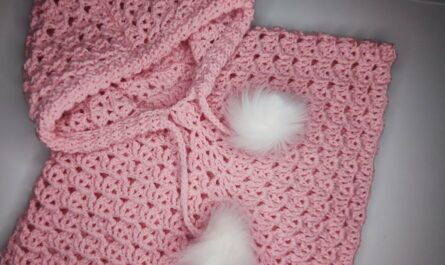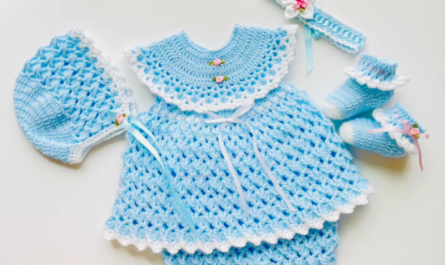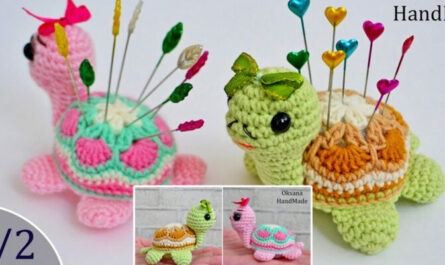There’s a special magic in creating a garment for a brand-new baby, a tiny piece imbued with love and care. When that garment is a beautiful and elegant dress, crafted from the finest cotton yarn for a 0-3 month old, it becomes more than just clothing – it’s a cherished keepsake. Cotton, with its unparalleled softness, breathability, and gentle touch, is the ideal choice for a newborn’s delicate skin, ensuring comfort without compromising on sophisticated style.
This detailed guide will explore the art of knitting or crocheting a truly elegant baby dress for the tiniest infants, focusing on the unique benefits of cotton yarn and the design elements that contribute to its timeless beauty.
Why Cotton for a 0-3 Month Baby Dress? The Ultimate Choice for Newborns

While other fibers have their merits, cotton stands out for infant garments due to several key advantages:
- Exceptional Softness: Cotton yarn, especially high-quality varieties like Pima or Egyptian cotton, is incredibly gentle against a newborn’s sensitive skin, preventing irritation or itchiness. It tends to get even softer with each wash.
- Superior Breathability: Cotton’s natural fibers allow air to circulate freely, making it crucial for temperature regulation. This prevents overheating, which is especially important for infants who struggle to regulate their own body temperature. It’s perfect for warmer climates, spring/summer, or simply comfortable indoor wear.
- Hypoallergenic Properties: Cotton is naturally hypoallergenic, making it an excellent choice for babies prone to skin sensitivities or allergies.
- Excellent Absorbency: Cotton efficiently wicks away moisture from the skin, helping to keep the baby dry and comfortable, especially important for inevitable spills or diaper changes.
- Durability & Washability: Unlike some delicate fibers, cotton is remarkably durable and holds up beautifully to frequent washing – a non-negotiable for baby clothes! It maintains its shape well and is less prone to pilling.
- Crisp Stitch Definition: Cotton yarn often provides excellent stitch definition, allowing intricate lace patterns, subtle textures, or crisp cables to truly shine. This is key for an elegant aesthetic.
- Beautiful Drape: Good quality cotton has a lovely, fluid drape, which is essential for creating graceful, flowing skirts on an elegant dress.
What Makes a Baby Dress “Beautiful and Elegant”? (Design & Aesthetic)
Elegance in baby wear is about refined simplicity and thoughtful details:
- Clean Lines & Classic Silhouettes: Designs that feature A-line flares, empire waists (a high waistline with a flowing skirt), or simple yoked dresses convey timeless sophistication. Avoid overly complex or voluminous shapes that might overwhelm a tiny baby.
- Refined Stitch Patterns: Opt for delicate lace, subtle textures like seed stitch or moss stitch, or classic stockinette (knit) / double crochet (crochet). These patterns add interest without being overwhelming or bulky.
- Thoughtful Details: Precision in crafting neat edgings (such as picot, I-cord for knit, or simple single crochet borders), well-shaped necklines, and small, unobtrusive closures contribute significantly to the overall elegance.
- Sophisticated Color Palette: Muted pastels (like blush pink, sage green, dusty blue, lavender), timeless neutrals (pure white, ivory, cream, soft grey, beige), or gentle, deeper tones can elevate the dress’s aesthetic.
- Quality Yarn: The inherent quality of the cotton yarn – its sheen, softness, and consistent spin – directly impacts the dress’s perceived elegance.
- Impeccable Finish: Meticulous blocking (which cotton responds to beautifully) and virtually invisible seams or joins are crucial for a professional, polished look.
Key Considerations for (0-3 Month) Sizing:
Working for newborns requires specific attention to detail:
- Small Scale: Everything is tiny! This means your chosen yarn weight and pattern must be appropriate for delicate features. Your gauge swatch is even more critical to ensure the correct final dimensions.
- Growth: While designed for 0-3 months, allow for a little positive ease (roominess) in the design. This ensures the dress is comfortable, easy to put on, and might even extend its wear time slightly.
- Ease of Dressing: Prioritize design features that make dressing a squirming or sleepy newborn simple. Full front or back openings with easy-to-manage closures (like small buttons) are ideal.
- Head Room: The neckline must be wide enough and stretchy enough to comfortably slip over a baby’s head without discomfort.
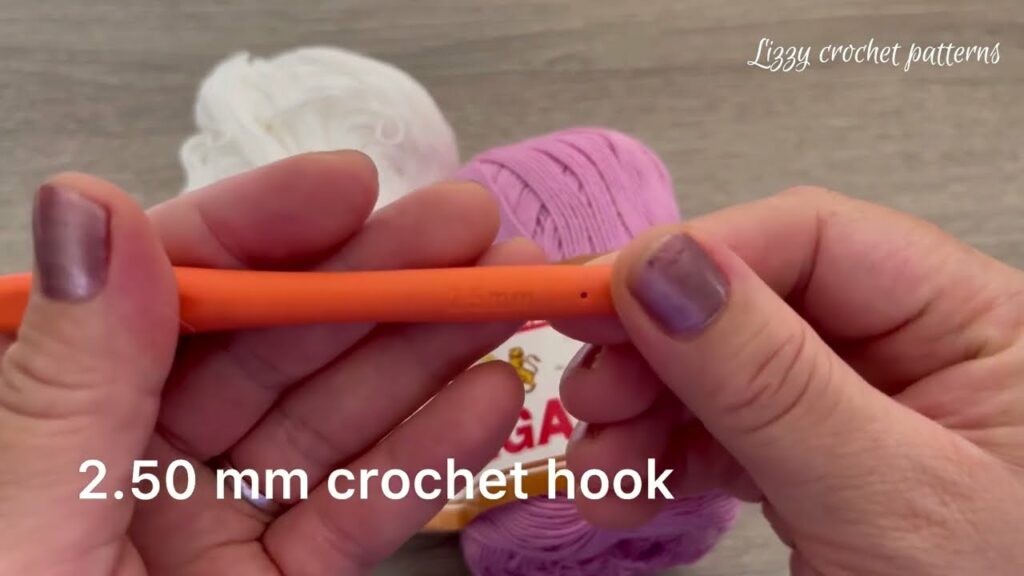
Choosing the Right Cotton Yarn for Your Elegant Dress:
The quality of your cotton yarn will make all the difference.
- Fiber Type:
- 100% Cotton: Look for premium varieties like Pima, Supima, or Egyptian cotton for superior softness and reduced pilling. Mercerized cotton is an excellent choice as it has been treated for added strength, luster (sheen), and takes dye brilliantly, making stitches pop.
- Cotton Blends: Cotton mixed with bamboo (for added softness and drape), silk (for luxury and sheen), or a small percentage of high-quality acrylic (for enhanced durability and softness) can be wonderful options.
- Weight:
- Fingering (4-ply) or Sport Weight: These are ideal for achieving a delicate, fine fabric, perfect for intricate lace patterns and a refined look. Be prepared for these to take longer to work up.
- DK (Double Knitting): A versatile and popular choice that works up at a good pace while still maintaining excellent stitch definition and softness, creating a substantial yet elegant fabric.
- Strand Construction: Yarns made of multiple plies (strands twisted together) are often softer, rounder, and less prone to splitting while you work, which can be frustrating with single-ply cottons.
- Dyeing: For an elegant look, solid, consistent colors are often preferred. However, well-designed self-striping or subtly variegated cotton yarns can also create beautiful, modern elegance without the need for complex colorwork.
- Care Instructions: Always confirm that the yarn is machine washable and dryable (or at least easy to hand wash) for practical baby care.
Design Elements & Stitch Patterns for Elegance:
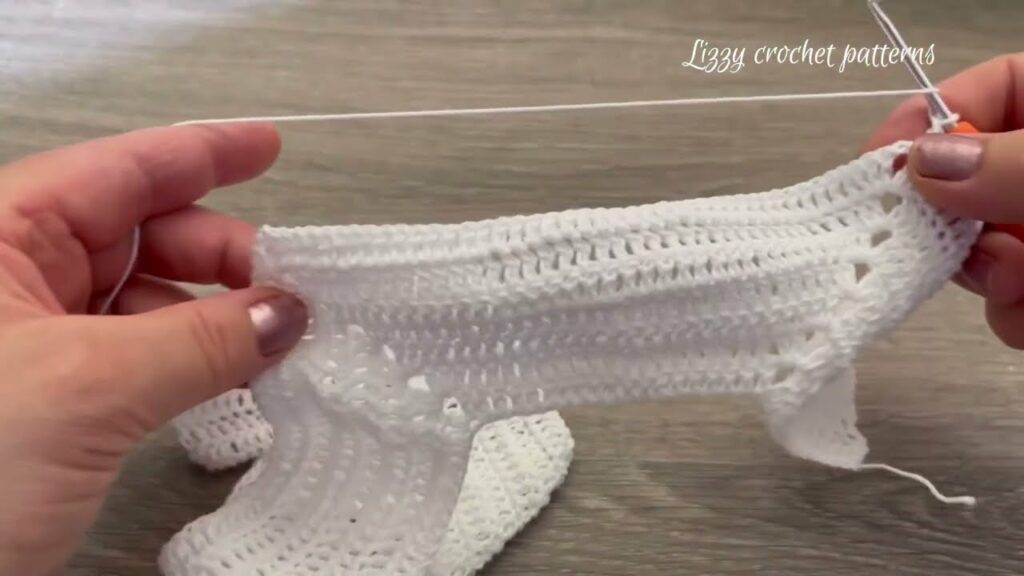
The beauty truly comes from thoughtful choices in design and texture.
- Silhouettes:
- A-line: A gentle flare from the chest downwards, offering comfort and timeless appeal.
- Empire Waist: A fitted bodice that transitions to a flowing skirt just under the bust.
- Yoke Dress: A shaped upper section (yoke) from which the body of the dress flows, allowing for intricate patterning on the yoke.
- Necklines: Simple round, scoop, or a slight boat neck. These should be finished neatly with a fine ribbed, garter, or single crochet border that lies flat.
- Sleeves: Cap sleeves, short sleeves, or long sleeves with neat, perhaps subtly cuffed, ends. Small, delicate puff sleeves can add a charming touch.
- Hems & Edges:
- Picot Edging: A classic, delicate, scalloped finish that adds a refined touch to hems, cuffs, or necklines.
- I-cord Edging (Knit): Creates a neat, corded edge that looks very polished and adds a custom finish.
- Simple Ribbing / Garter Stitch / Single Crochet Rows: For clean, flat, and classic borders.
- Lace Borders: Integrating a simple, repeated lace pattern at the hem can add a beautiful, airy finish.
- Stitch Patterns:
- Stockinette (Knit) / Double Crochet (Crochet): For a smooth, classic fabric that allows the quality and sheen of the cotton to shine.
- Seed Stitch / Moss Stitch: Creates a refined, subtle texture that lies flat and adds a touch of sophistication.
- Simple Eyelet Lace: Rows of yarn-overs create a delicate, airy pattern without being overly complex.
- Shell Stitch / V-Stitch (Crochet): These patterns create beautiful, openwork texture that is both easy to master and visually appealing.
- Very Small Cables (Knit): A single rope cable or a small, repeating braid can add a refined textural detail.
- Avoid: Overly dense, chunky, or busy stitch patterns that might detract from the dress’s delicate scale and elegance.
Construction Methods (Knit & Crochet):
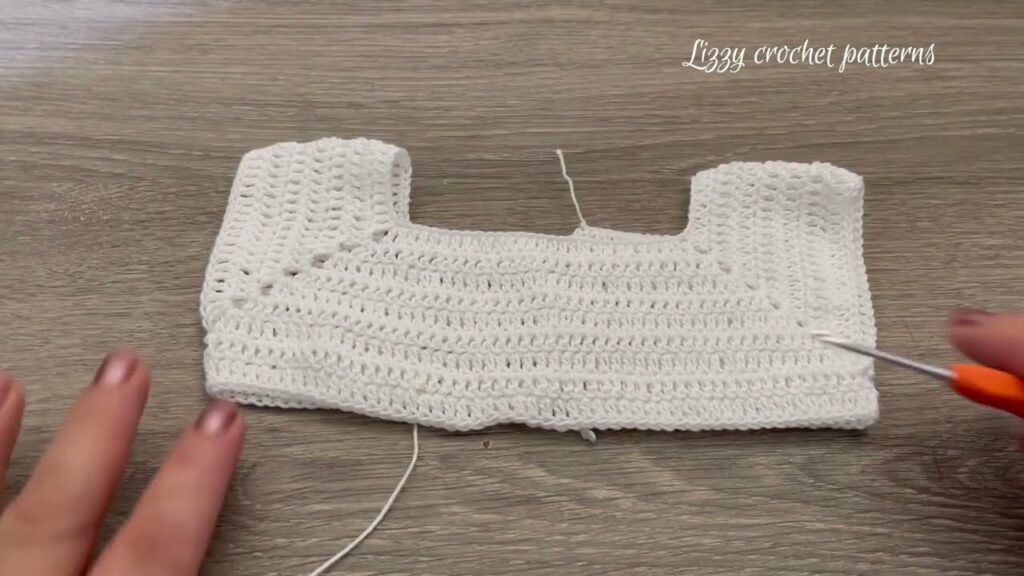
For an elegant finish, seamless methods are often preferred for their clean lines and comfort.
- Seamless (Top-Down or Bottom-Up):
- Pros: Creates a comfortable garment with no bulky seams. Often quicker to finish as there’s less seaming.
- Top-Down Yoke: Very popular for baby dresses. You start at the neckline and work downwards, making it easy to try on for length and creating a natural flow.
- Pieced / Seamed:
- Pros: Can be easier for some to manage smaller individual pieces.
- Cons: Requires meticulous seaming (e.g., mattress stitch for knit, invisible seams for crochet) to achieve an elegant, non-bulky finish.
Steps to Create (General Process for Both Knit & Crochet):
- Choose Your Pattern & Yarn: Select a pattern specifically designed for 0-3 months, keeping in mind the properties of cotton yarn.
- Gauge Swatch (ABSOLUTELY ESSENTIAL): This step cannot be skipped for garments. Knit or crochet a generous swatch in the main stitch pattern, then wash and block it (as you would the finished dress). Measure precisely and adjust your hook/needle size until your gauge matches the pattern.
- Bodice/Yoke Construction: Begin by working the upper section of the dress, incorporating any shaping (increases/decreases) for the bust, armholes, and neckline. If your dress has a front or back opening, integrate buttonholes as specified.
- Body/Skirt Construction: Join or continue from the bodice/yoke, working downwards. Incorporate increases as directed by the pattern to create the desired flare for the skirt. Continue with your chosen elegant stitch pattern.
- Sleeves (if applicable): Work the sleeves, either by picking up stitches from the armholes (if top-down) or by knitting/crocheting separately and then joining.
- Finishing:
- Edging: Add the final touches to the neckline, cuffs, and hem using your chosen elegant border (picot, I-cord, simple ribbing/SC).
- Weave in Ends: Meticulously weave in all loose yarn tails on the wrong side of your work. This is crucial for a clean, professional appearance.
- Block: This is perhaps the most transformative step for a cotton garment. Gently wash or wet the finished dress, gently squeeze out excess water (do not wring), and then carefully pin it to its exact measurements on blocking mats. Allow it to air dry completely. Blocking opens up lace patterns, evens out stitches, and sets the fabric’s beautiful drape.
- Add Closures: Securely sew on small, elegant buttons (like pearl, mother-of-pearl, or tiny wooden/metallic buttons) or apply hidden snaps.
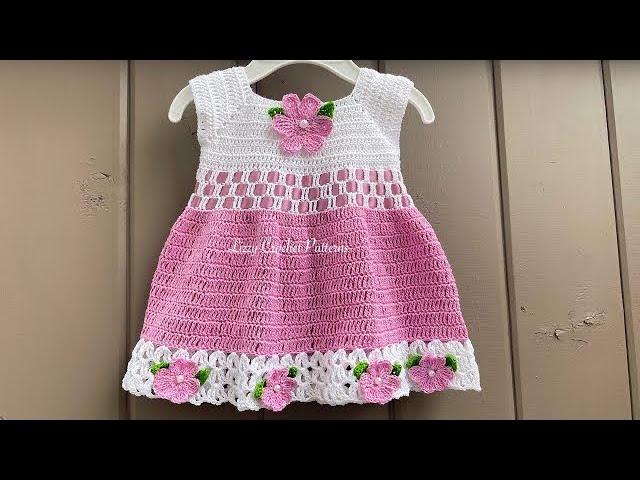
Tips for a Truly Beautiful & Elegant Finish:
- Consistent Tension: Strive for even tension throughout your work. This is the secret to neat stitches, uniform fabric, and a professional look.
- Meticulous Blocking: Do not underestimate the power of blocking, especially with cotton. It will transform your garment’s drape and polish its appearance.
- Invisible Seams/Joins: If your pattern involves seaming, learn techniques like the mattress stitch (knit) or invisible seams (crochet) to make them virtually undetectable. For seamless garments, practice joining in the round cleanly.
- Quality Closures: Choose buttons or snaps that complement the elegance of your yarn and design. Small, refined choices are best.
- Attention to Detail: Take your time on the finishing touches – neat edgings, precise buttonhole placement, and secure button attachment. These small details elevate the entire piece.
- Safety First: Ensure all buttons or any other embellishments are sewn on extremely securely to prevent any choking hazards. Avoid any long ties.
Video Tutorial :
Crafting a beautiful and elegant baby dress with cotton yarn for a 0-3 month old is a rewarding journey. The resulting garment will not only be incredibly comfortable and practical for the little one but also a cherished, durable, and exquisitely beautiful piece that speaks volumes of the love woven into every stitch. Sources

